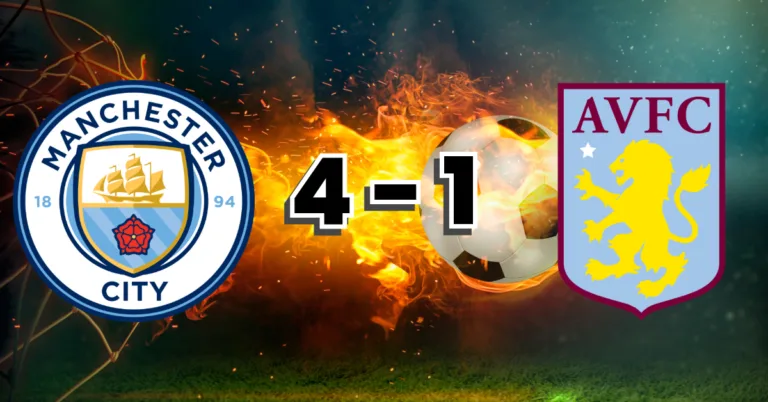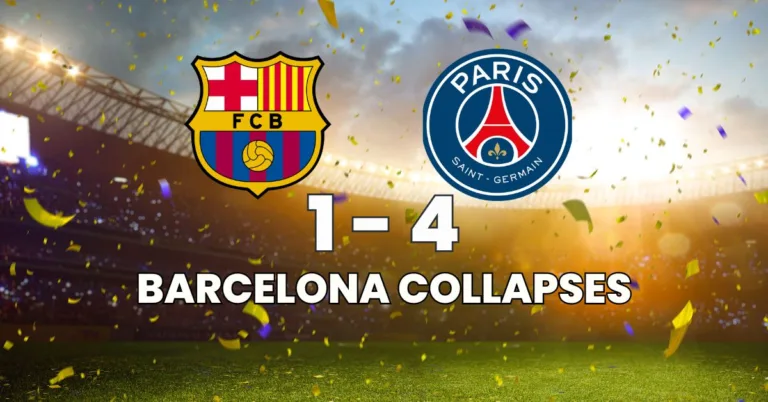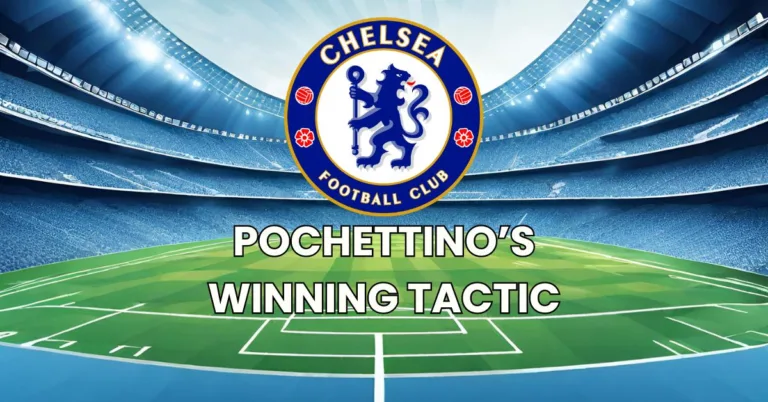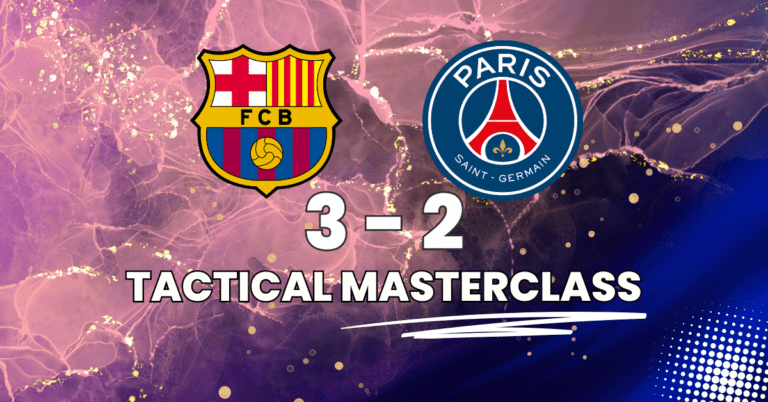Carlo Ancelotti’s Pressing Strategy Against Manchester City Revealed!
Real Madrid managed to prevail at Etihad against last year’s Champions League winner, securing their place in this year’s semi-finals where they will face Bayern Munich.
The game began with a proactive Real Madrid taking advanced positions on Manchester City’s pitch. Ancelotti’s team adopted an advanced but not overly aggressive pressing strategy. The 4-2-4 pressing formation implemented by Ancelotti caused problems for Guardiola’s team early in the game, forcing the “Citizens” to build slowly and less effectively.
Why did Ancelotti choose this tactic? What were the advantages and the adjustments Manchester City had to make to adapt? First, let’s look at Guardiola’s team’s positioning on the field.
Manchester City in Midfield
On paper, Manchester City adopts a classic 4-2-3-1 formation. However, the reality on the field is somewhat different. Pep Guardiola’s team uses a 3-4-3 box midfield formation during the build-up phase. The key lies in Manuel Akanji’s inverting to midfield, becoming a defensive pivot. Kyle Walker moves to the right to provide width and coverage on that flank. Ederson, the team’s goalkeeper, leaves his goal during the build-up phase, acting as a fourth defender.
This creates a solid central duo formed by Rodri and Akanji, linking the defensive line with the two central offensive midfielders, Kevin De Bruyne and Bernardo Silva. This structure offers multiple tactical advantages. It allows numerical superiority in midfield, as the area is controlled by a box formed by Rodri, Akanji, De Bruyne, and Bernardo Silva, facilitating possession control and dictating the pace of the game. Furthermore, the presence of De Bruyne and Bernardo Silva enhances the team’s creativity through their excellent passing abilities and technique.

Real Madrid’s Pressing Strategy
Real Madrid aims to block the center of the field in the initial phase, forcing Manchester City to move towards the wings. We can see that Real Madrid’s pressing players do not aggressively challenge the possession of City’s defenders or Ederson. They leave the goalkeeper undisturbed when the ball reaches him, but as soon as City tries to transition to the midfield box, Madrid’s pressing intensifies, cutting off available passing lines.
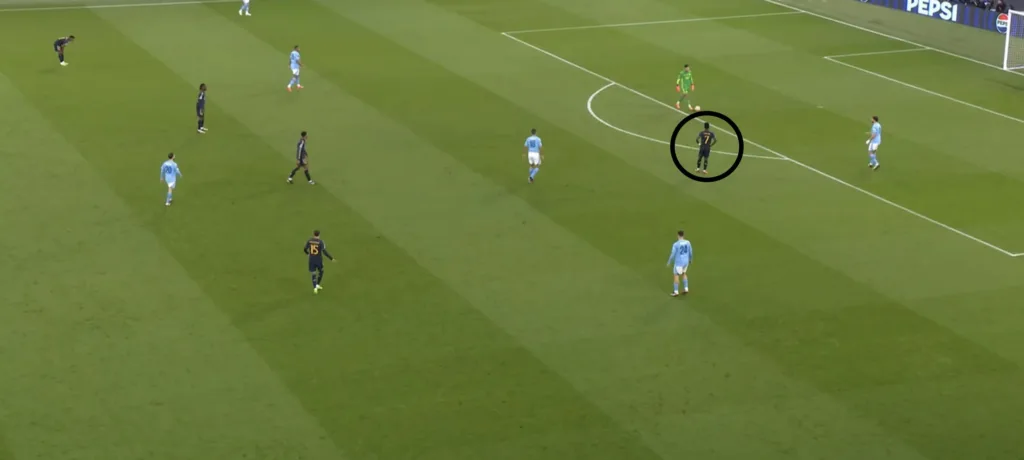
We still see two very important aspects in Carlo Ancelotti’s strategy:
First aspect: The front line formed by Real Madrid’s four attackers only attacks Man City’s defenders when they can do so while simultaneously disrupting the passing lines to the central square. This shows that the important part of the pressing strategy is not necessarily to recover the ball, as Manchester City does when pressing, but to prevent the hosts from advancing.
Second aspect: The architect for City, Kevin De Bruyne. Marking this player is crucial for Ancelotti, hence Toni Kroos has the role of personally marking De Bruyne. Thus, Ancelotti chooses to give more freedom to Manuel Akanji.
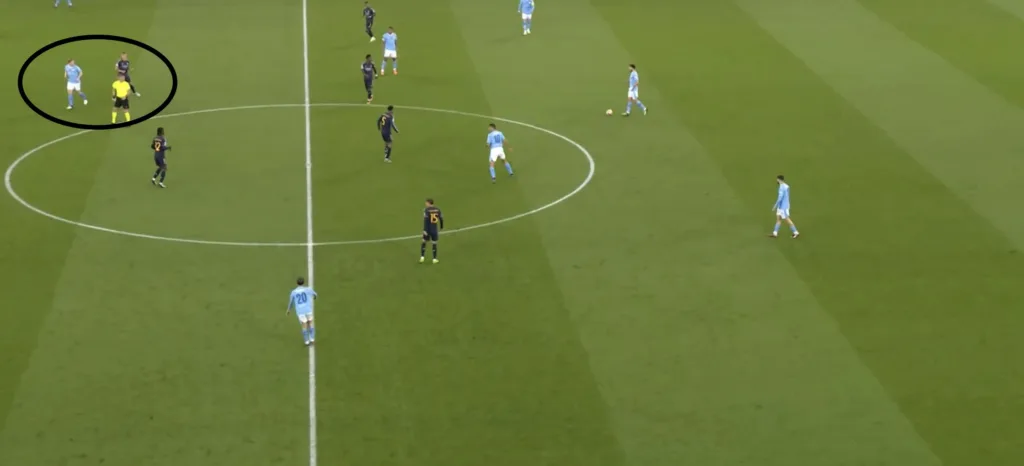
Thus, forced to go wide, Manchester City orients Kevin De Bruyne more towards the right wing, where Toni Kroos follows him. However, this leaves space in the center of the field beyond Real Madrid’s midfield line, a space that Akanji can occupy to then launch De Bruyne in a race against Kroos. Most of the dangerous phases of the Citizens at the start of the match stemmed from this strategy.
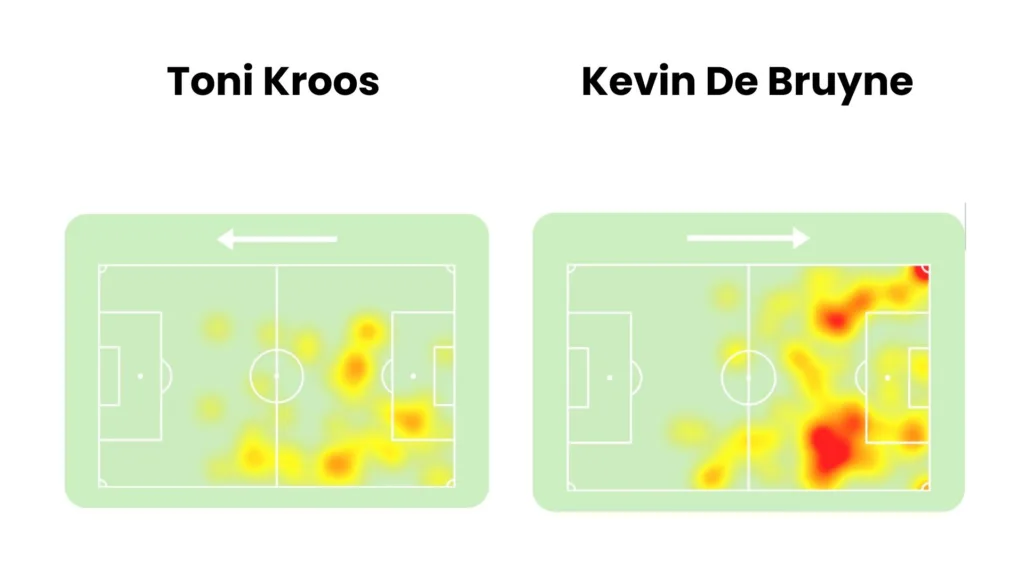
Conclusions
The quarter final game at Etihad was a demonstration of high-class tactics, with Carlo Ancelotti skillfully modifying the game plan to counteract Guardiola’s style. The adapted pressing and smart use of players in key roles limited the opponent’s effectiveness and propelled Real Madrid into the next round. This match not only confirmed the value of Ancelotti’s strategies but also set the stage for an electrifying semifinal with Bayern.


